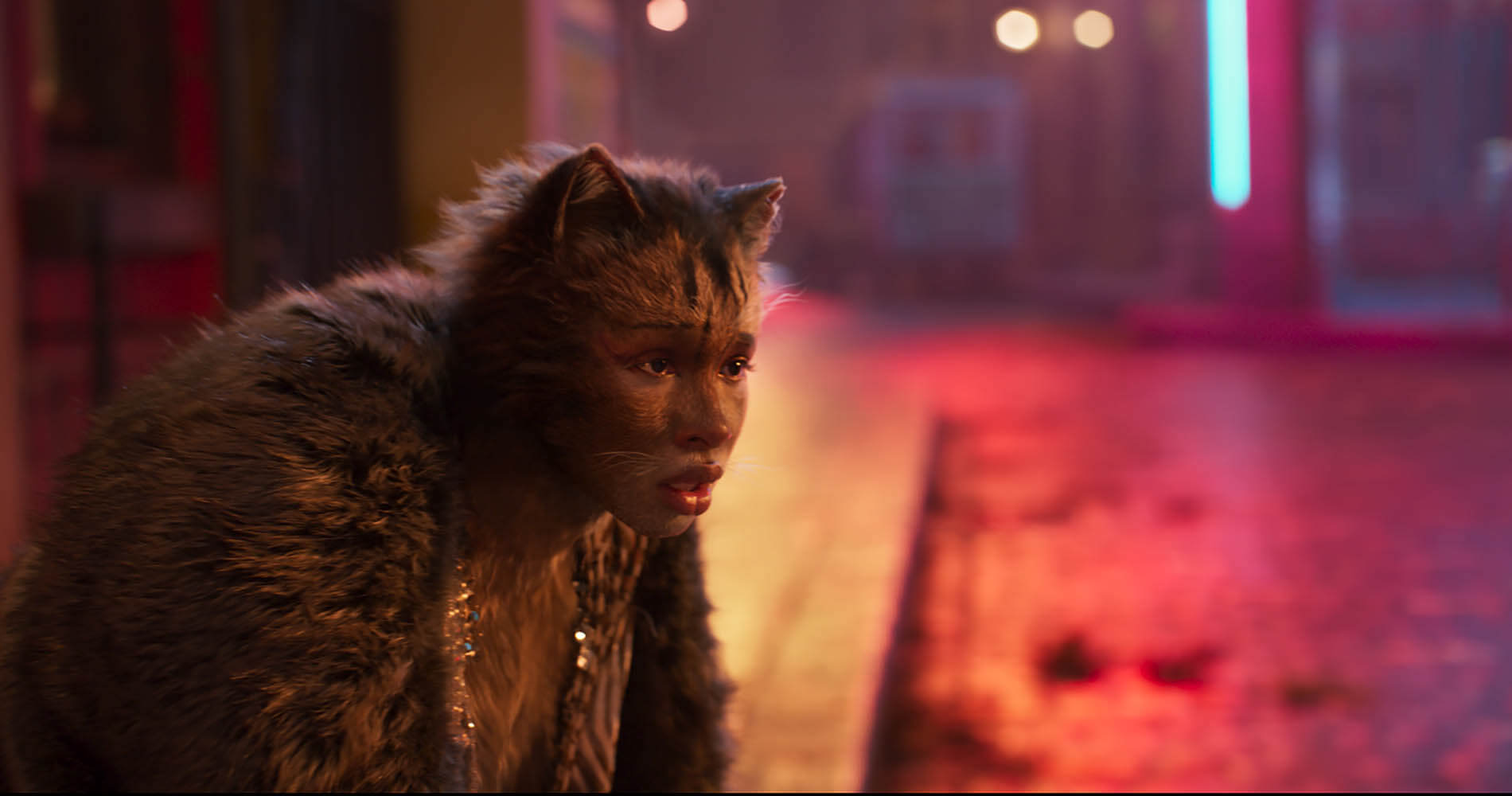Meet the UBC master’s grad who watched Cats four times—all in the name of scholarship
This Saturday, the 40th annual Golden Raspberry Awards, or the Razzies, will honour the worst films of 2019. Jared Aronoff wrote his master’s thesis on bad cinema to earn an M.A. in cinema and media studies from UBC’s department of theatre and film.

Credit: Universal Pictures
If you thought the Oscars marked the end of awards season, think again. This Saturday, the 40th annual Golden Raspberry Awards, or the Razzies, will honour the worst films of 2019. Nominees were announced on Feb. 8.

Jared Aronoff wrote his master’s thesis on bad cinema to earn an M.A. in cinema and media studies from UBC’s department of theatre and film. We spoke to the recent graduate about this year’s Razzie nominees.
Cats received eight Razzie nominations including Worst Picture. What motivated you to watch it not just once but four times?
Within the realm of bad cinema, Cats is something kind of unique. Of all the films nominated for Worst Picture, Cats was the most watchable. The acting, direction, music and choreography are all there. They’re competently done and sometimes they’re even effective. Yet still the film has been widely mocked. What makes Cats stand out then largely comes down to two things: the first is the script, which makes no sense—but that was always a feature of Cats the musical—and the second is, you know, the cats.
The cats themselves add a disturbing surrealism to the entire experience. Some cats show up clothed with strange fur coats, which is fine, but it becomes even stranger when later in the film they remove those fur coats. Then you’re thinking, “Are these cats now naked? Why is it more disturbing to see Idris Elba’s naked cat body than it is to see any of the other cats who have been naked the whole time?” It’s odd.
Should the negative response to Cats be blamed more on the film, or on audience expectations?
Well, somewhere along the production process somebody had to look at those cats and say, “Whoa, wait a minute, what are we doing?” And at some point, [director] Tom Hooper had to respond, “No, you’re wrong. This is how we’re doing the cats.” Which is fascinating in itself.
However, it’s not necessarily the content itself that makes something bad, it’s the viewer’s response to it that identifies it as bad. When a large portion of viewership collectively identifies Cats as being “bad”, they’re not just making an evaluative statement about the film, but are communicating something about how they perceive cinema as a medium. In this case, what I see being communicated is a cynicism around Hollywood remaking and reimagining existing properties, and a discomfort around uncanny CGI human-animal hybrids. A thing that makes bad cinema especially interesting to me is how it has the potential to reveal stuff like that.
Some bad films develop cult followings that last decades. Do you think this could happen with Cats?
Cats is interesting as a potential cult object because you can already observe a bit of evangelization around it. There have already been a couple of ironic screenings of the film that advertise sing-a-long or talkback components. I think it is a film that lends itself fairly well to a Rocky Horror-style talkback script that I can imagine being picked up on in the future. But I may be a little bit biased in my prediction. It’s entirely dependent on coincidence.
You earned a master’s degree with an 80-page thesis about bad cinema. Why do you think it’s worth studying and appreciating?
“Bad” is an entire category of film as a medium, yet it’s often dismissed within the context of film studies. Film studies is about understanding how film can be informative on culture and how culture can be informative on film. Within that back-and-forth dynamic, there’s a bit of a blind spot where bad cinema rests. It’s not necessarily taken seriously enough to be studied but it has influences on culture because we still watch bad cinema. It also influences other works within the medium, because we can look at something and go, “That was poorly done, but I can do it better over here.”
— edited by Shivangi Sikri



